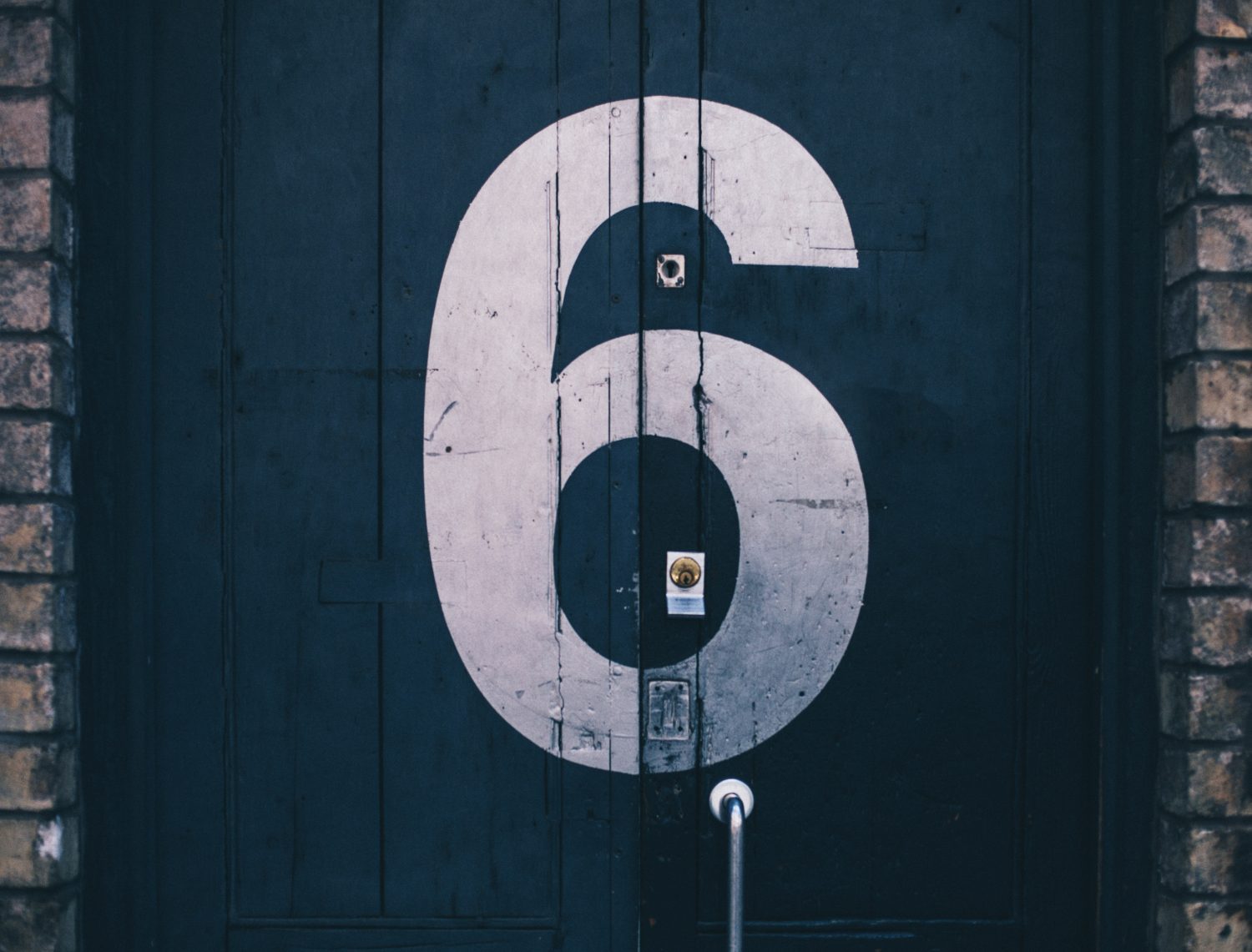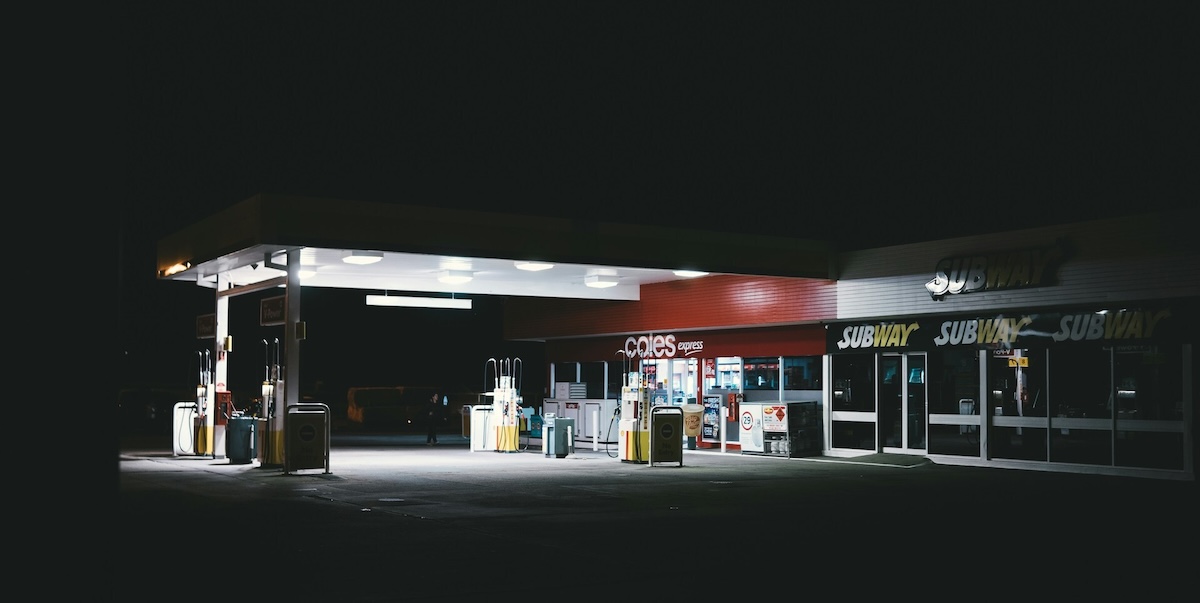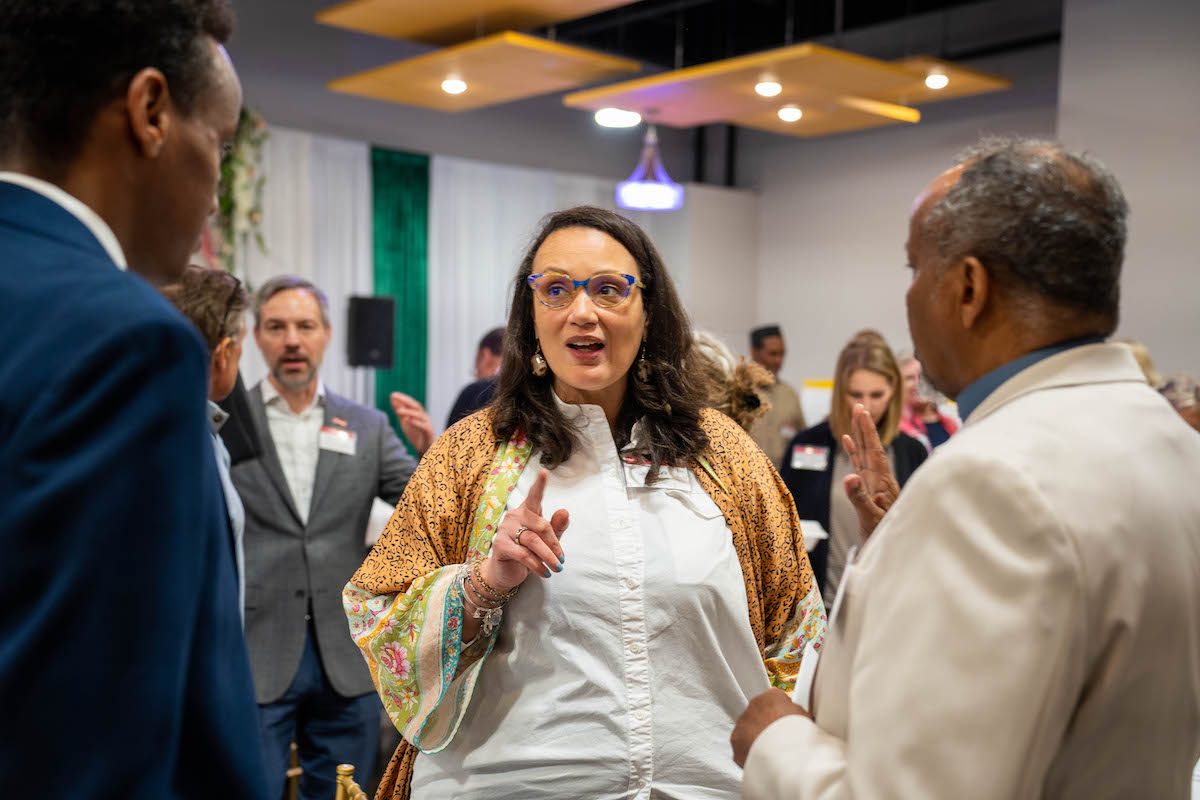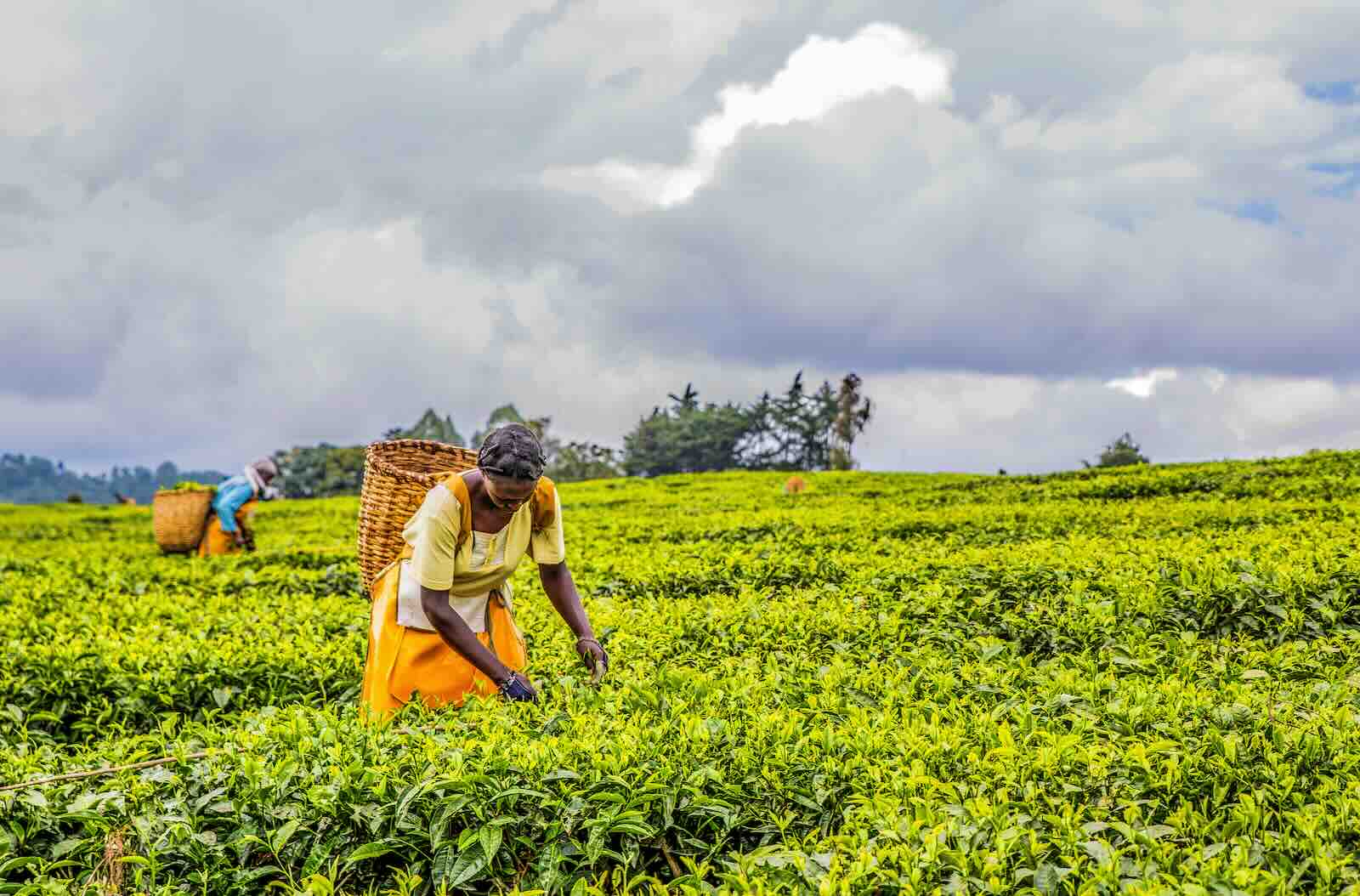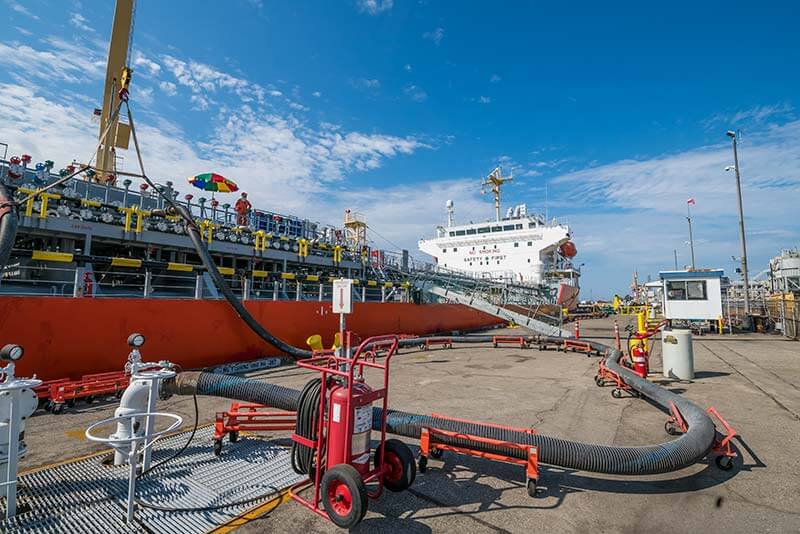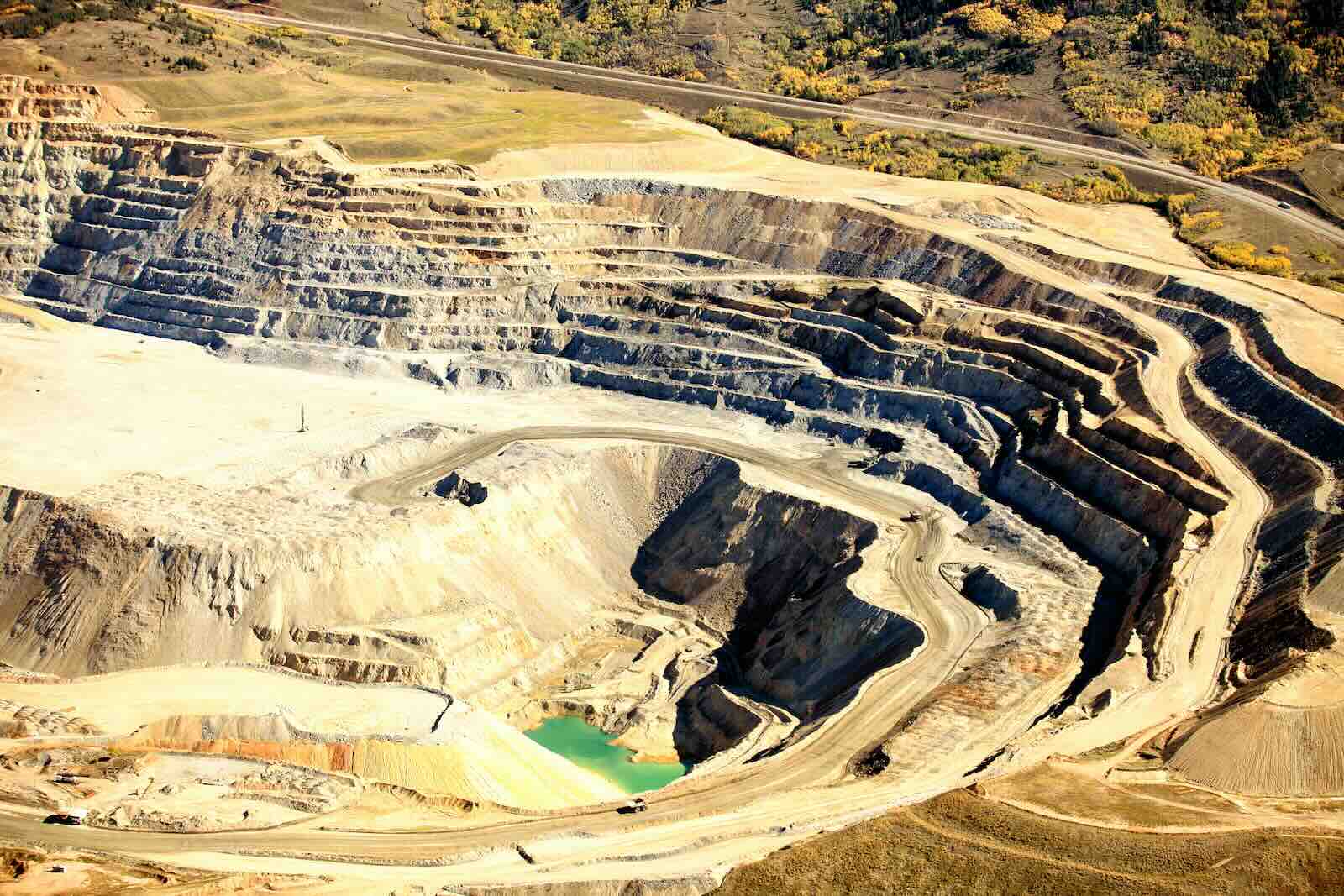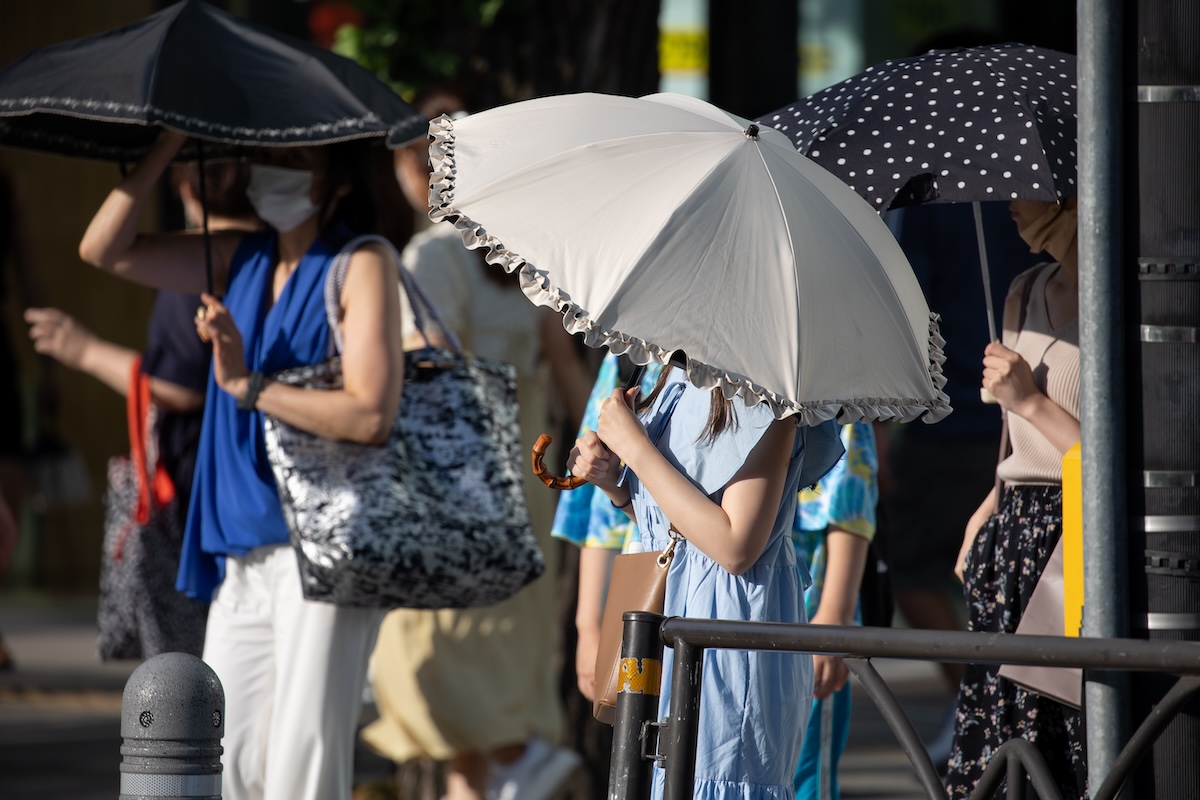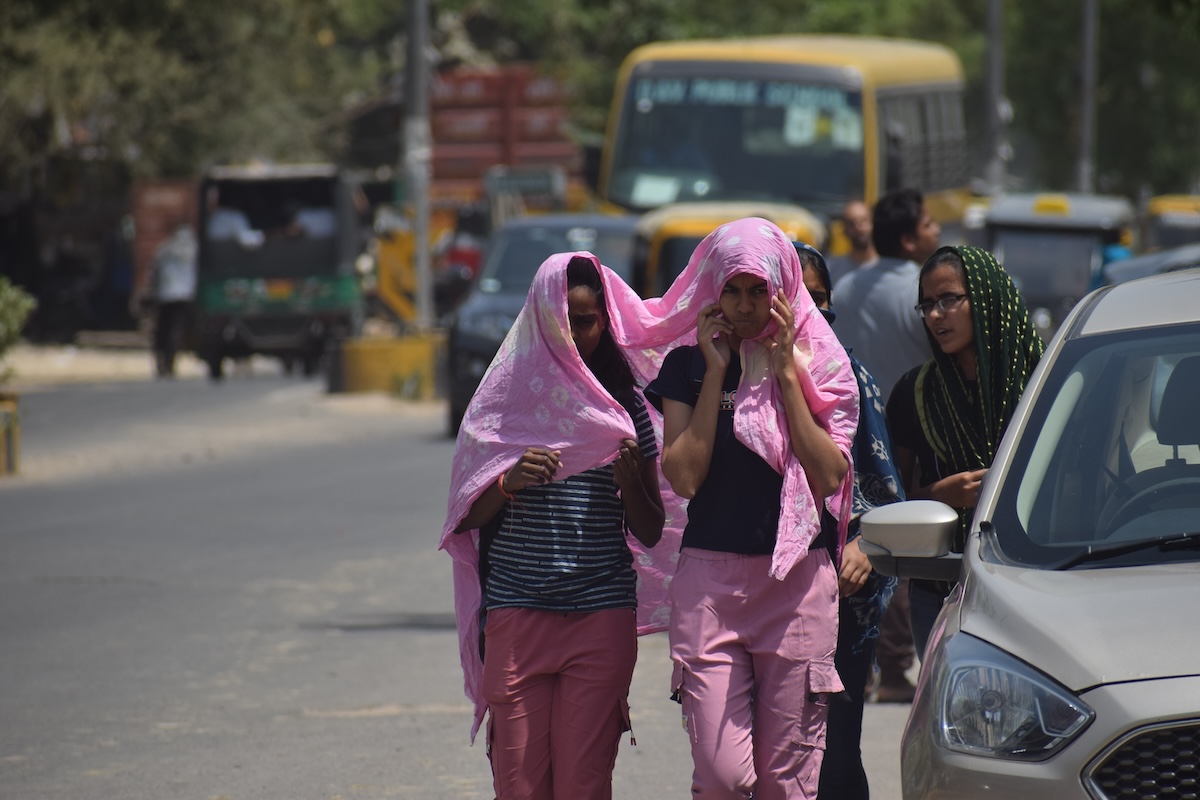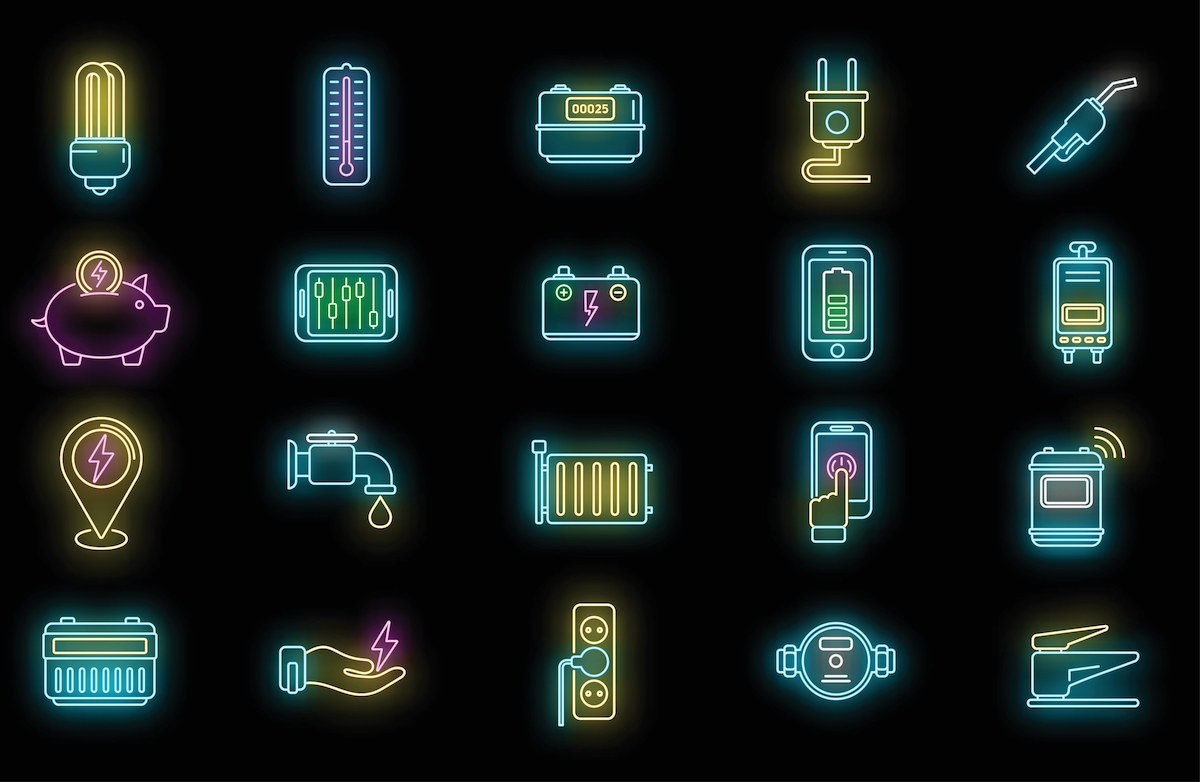Greetings, ImpactAlpha readers!
With apologies to our global readers, we’re nowhere near the end of the story of U.S. “opportunity zones,” the low-income neighborhoods where investments will qualify for hefty tax breaks. The hunger for information was clear in the overwhelming response to yesterday’s Agents of Impact call, which threatened to max out our conference line. We’ll post a roundup later today and follow up with another call early next month.
Some callers took us to task for our overly optimistic tone. “Dollars to donuts, the lawyers and accountants that have nothing to do with impact investing or community development have already figured out how to game this one,” writes Heron Foundation’s Clara Miller. Adds Michelle Hoexum from Propeller, an impact advisor in Grand Rapids: “There is fear of big developers cashing in at the expense of those already in the zones.” Yes, anything that can go wrong certainly will, as Murphy’s Law predicts. That’s a call to action for those able to harness a huge opportunity for impact. For us, it’s a big, breaking story on the impact investing beat – just what ImpactAlpha is built for.
First, we’re heading for the hills. Or the lake. Like you, we need a break. We’ll see you back here Monday, August 20, ready for a new (school) year.
–David Bank, editor
Featured: The Brief’s Big 6
1. Opportunity zone FOMO = Full-Out Mobilization Opportunity. Maximum danger, maximum opportunity. “That about sums up ImpactAlpha’s early coverage of ‘opportunity zones,’” writes David Bank in his latest column. The maximum danger: tax-cut-fueled real-estate plays further dislocate urban neighborhoods already reeling from gentrification. The maximum opportunity: an abundance of capital for inclusive models of community development. Don’t let a good bubble go to waste.
- Engage communities. Measure impact. Share data. That’s the call to action for investors and other stakeholders considering investments in the 8,700 federally certified opportunity zones after a day-long convening at the New York Federal Reserve Bank in July. More here.
- Community capital stacks can deliver inclusive prosperity. Multiple flavors of capital are needed to create thriving communities with jobs, housing and services for current residents and growing revenues for local business owners in low-income communities. For example, Project 500’s Melissa Bradley plans to team up with Entrepreneurs of Color funds to provide later-stage debt and equity capital for local founders and entrepreneurs of color. Stack that capital.
2. Living Cities: Five lessons from five Pay for Success investments in five years. The funder collaborative comes clean about what they’ve learned from what are sometimes called “social impact bonds,” in the second part of Living Cities’ series with ImpactAlpha. One lesson: “The “4 C’s” of credit do not apply, write Living Cities’ Ellen Ward and Sindhu Lakshmanan. Instead, the investor helped develop the “4 Ps” of Pay for Success – policy, process, program and partnership. Learn from doers.
3. Deals of the week. Drink from the deal firehose all week long on ImpactAlpha.com. A few that stood out:
- Climate finance. FloodFlash raises £1.9 million to meet growing demand for flood insurance… ZipGo raises $29 million to transition to all-electric busses… Amazon backs Shuttl’s bid to de-congest India’s urban commutes.
- Financial inclusion. Catalyst Fund stocks the inclusive fintech pipelinewith five new startups… JPMorgan and Bharat Inclusion Initiative launch Financial Inclusion Lab in India… OPIC backs Tugende with $5 million for lease-to-own motorcycle finance… Kashf Foundation secures $17 million for gender-lens microfinance in Pakistan… One Acre Fund closes $5 million loan from Calvert Impact.
- Inclusive economy. Village Enterprise raises $3.5 million for a “poverty alleviation” bond in East Africa… “Shaq attack” on gig-economy challenges: Steady raises $9 million.
- Personal finance. Blue Orchard’s microfinance fund will be available to Europe’s retail investors… BlackRock adds emerging-market debt fundsto its impact investing mix.
4. ‘Arctic tech’ entrepreneurs help Alaska adapt to climate change. Alaska is warming twice as fast as the rest of the U.S. Under the banner of “Arctic tech,” an emerging entrepreneurial ecosystem is working on climate-adaptation solutions. Journalist Amy Cortese dropped in on demo day (at a microbrewery, of course) for Launch Alaska, an Anchorage startup accelerator that emphasizes energy solutions for extreme conditions. BoxPower, for example, is installing three solar mini-grids in 20-foot shipping containers to replace diesel generators in the village of Buckland (pop. 416) in northwest Alaska. New Revivalists up north.
5. Solar mini-grid project pipeline comes into focus in Africa, Asia and Latin America. Speaking of mini-grids, investors can no longer say they can’t find deals. At least 550 renewable energy mini-grid projects under development in Africa, Asia and Latin America have listed their projects with Odyssey Energy Solutions, a software platform that aims to streamline mini-grid financing. The projects, which need financing of between $40,000 and $3 million each, could together bring electricity to more than 275,000 customers. Start filling the gap.
6. Youth-driven impact investing in Southeast Asia. A tech-connected, increasingly entrepreneurial population is making the region an emerging hotspot for impact investing. As many as 60 impact investors have placed $900 million in 225 direct deals in the region in the last decade, the vast bulk in the last five years. Cambodia, with a robust microfinance sector, has attracted more private impact investment than Indonesia, the Philippines and Vietnam combined. An impact investing hotspot.
Happy summer to you all. Enjoy your Brief-free week. We’ll be back in your inbox on Monday, August 20.
— August 10, 2018.

